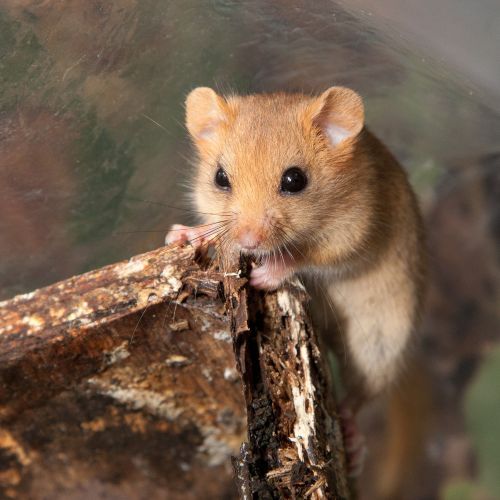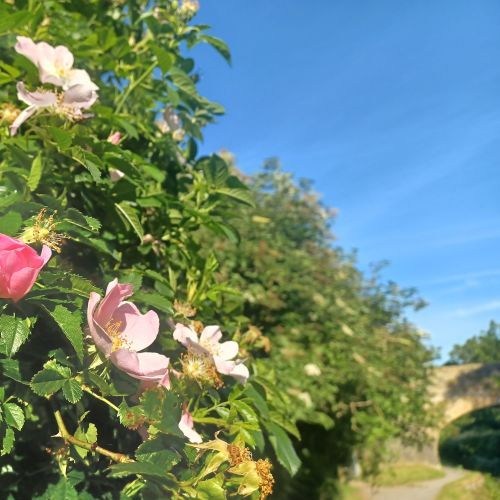Water Vole Ecology and Field Signs – Wednesday 9th April 2025
April 9 @ 10:00 am - 11:45 am
Event Navigation

This training course provides a comprehensive introduction to water vole ecology, behaviour, habitat requirements, and survey techniques. It is designed for anyone with a personal interest in water voles to professional ecologists conducting watercourse surveys for consultancy work. No prior experience is required.
By the end of this course, you will be able to:
- Understand water vole ecology, lifecycle, breeding behaviour, habitat preferences, and the key threats they face.
- Identify water vole field signs, including droppings, feeding remains, burrows, and latrines, and confidently distinguish them from similar species such as brown rats.
- Identify other riparian mammals such as otter and American mink.
- Assess habitat suitability for water voles and recognise good habitat management strategies that will support water voles.
- Understand the legislation that protects water voles.
This course will prepare you to take part in the National Water Vole Monitoring Programme (NWVMP) – PTES’ long-term citizen science project tracking water vole populations across the UK. Volunteers survey a 500m stretch of riverbank annually, recording field signs using a standardised method. The data collected helps us monitor population trends and identify alert areas where conservation action may be needed. Register for the NWVMP here: https://watervoles.ptes.org/auth/register
Your tutor: Emily Luck, BSc (Hons), MCIEEM, MRSB
Emily is the Water Vole Officer at PTES and has a background in ecological consultancy. She coordinates the NWVMP and works across sectors by collaborating with ENGOs and government agencies on water vole policy and legislation; advising landowners on habitat management and mink eradication; and engaging with students or individuals in water vole research projects.
Date: Wednesday 9th April 2025
Time: 10:00 – 11:45
Location: Online (Zoom)
Price: £15 for conservation volunteers and charity staff / £30 for ecological consultants
Image credit: Iain Green



